Space May (review of events of the month)
 Bashny.Net
Bashny.Net
The last month of spring has pleased not only the events related to the ISS orbit. We are also pleased with the Moon and the Sun, making a first series "Supermoon" and then "Ring of Fire". Both events we are sufficiently covered.
Therefore, we try to talk about other, not less interesting events, and extracted images. Let's start with the latter, but a very significant event. NASA sent to the ISS is the first private cargo ship «Dragon». Its launch postponed several times, but the May 22 launch vehicle Falcon 9 still sent the brainchild of the company Space X to the ISS.
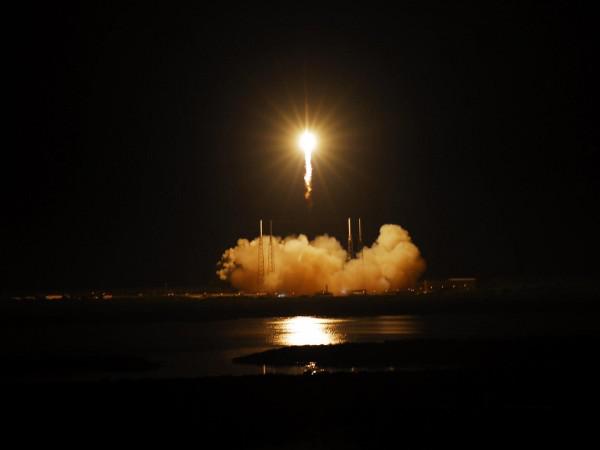

Three days later, «Dragon» docked with the International Space Station with the help of a robotic "hands".

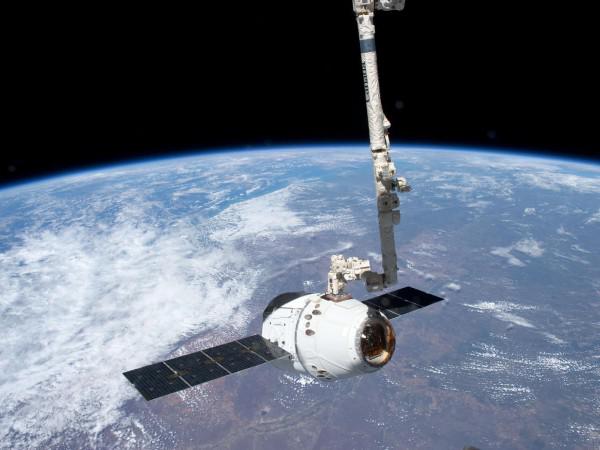
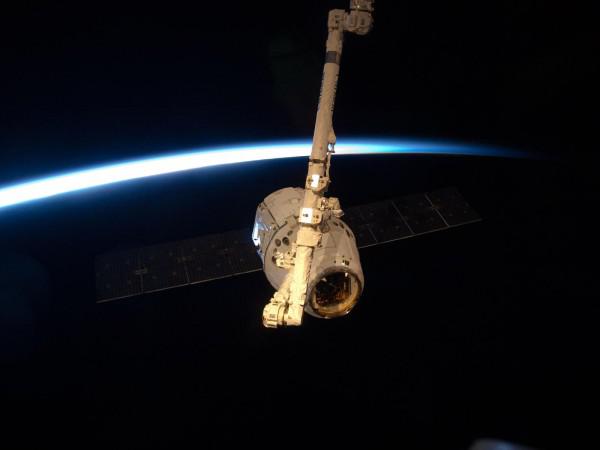
"Loader" Andre Kuipers unloads the truck arrived :)

Photos "van" from the inside.
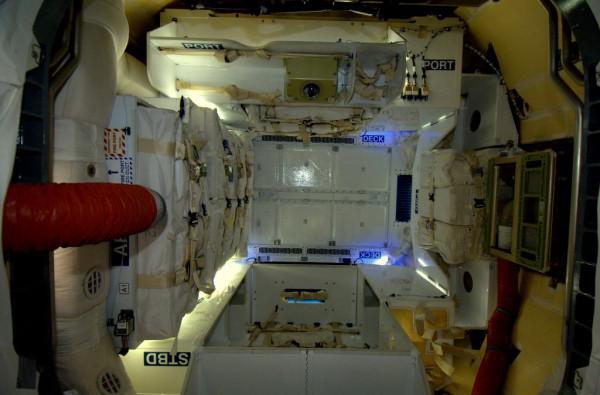
In the middle of the month to the ISS crew has been updated. The new Russian-American trio plans to stay in orbit about 126 days.

"Soyuz TMA-04M" successfully took off, thanks to the carrier rocket "Soyuz-FG" on May 15 at 7:01 am Moscow time.

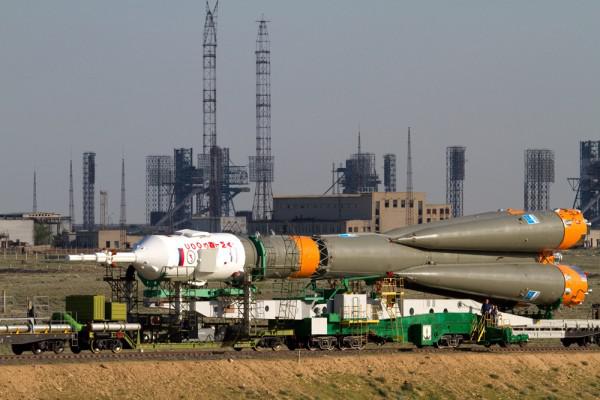


Docking with the ISS two days later took one hour and 37 minutes at a distance of 399 kilometers from the Earth's surface.

By the way, to facilitate the docking, the ISS had to increase the height of the orbit of 5, 2 kilometers. For this power plant involved the European space transport vehicle ATV-3.
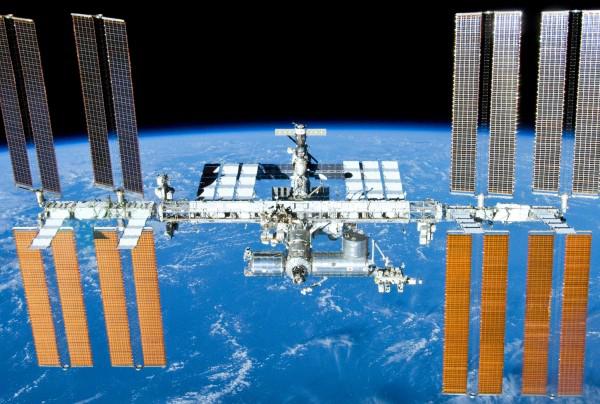
Now for the most interesting shots, which were obtained in space. In the photo the sixth moon of Saturn - Enceladus. Scientists consider it the most inhabited place in the solar system, after Earth.

Photos from the space telescope "Herschel", showing the galaxy Arp 220 with an active core of a supermassive black hole.
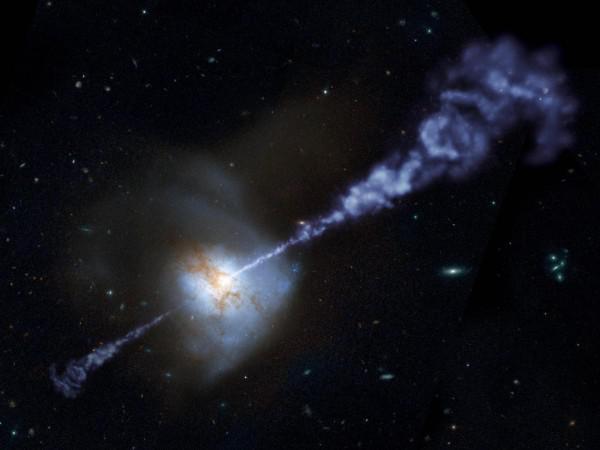
Another gift from the "Herschel" - flying in the sky Fire Swan. Photos of Cygnus. One of the most interesting regions of star Cygnus X. Photo combined with infrared data, which are made visible.
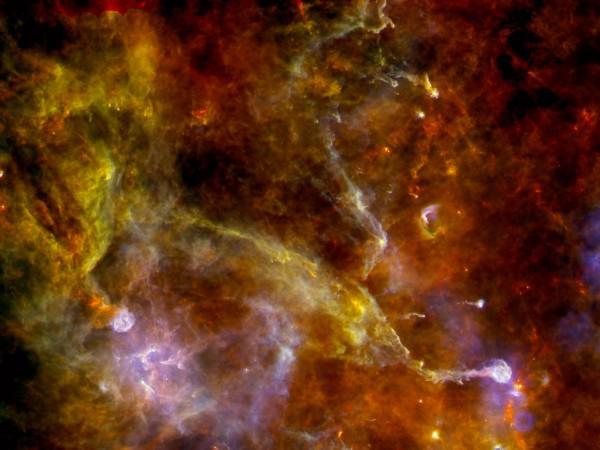
Collages of an impressive number of shots with a 30-second delay, Don Petit made to the ISS from Earth at a distance of 249 kilometers.


The photo is visible shock wave that breaks the cocoon of gas supernova SN 2010jl, at a distance of 160 million light years from Earth. Photographed cosmic X-ray Observatory "Chandra."
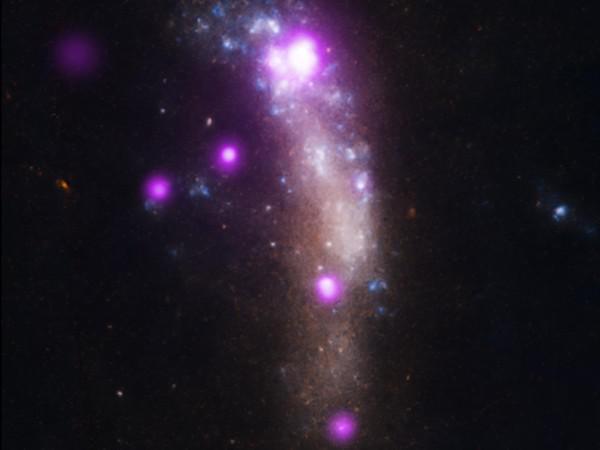
Photos of the Endeavour crater on Mars, NASA's Mars rover made in March this year.
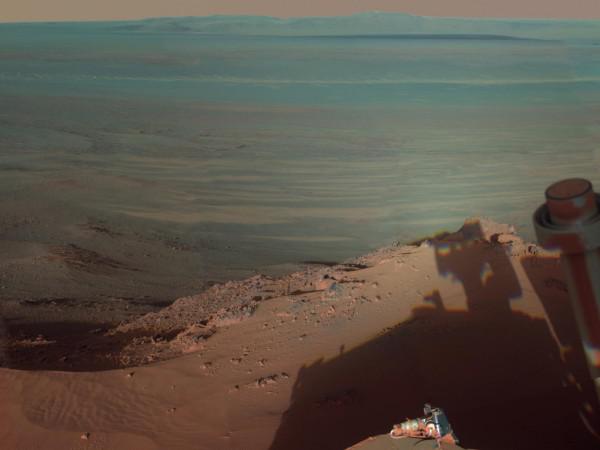
The spacecraft "Cassini" captures the beginning of winter on Saturn. Speck - a satellite of the planet on behalf of Tethys.
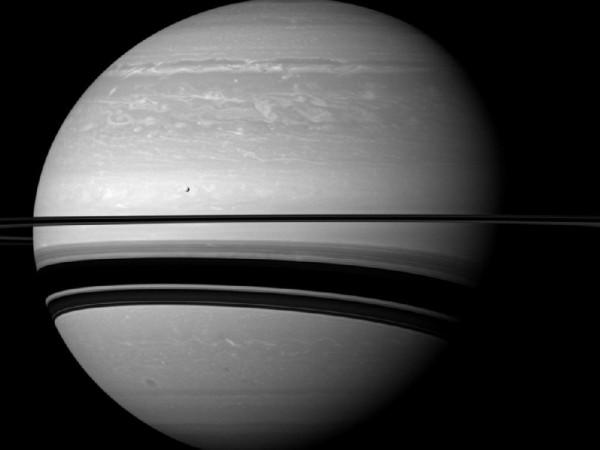
Spiral galaxy M101 Pinwheel aka in the constellation Ursa Major. Outwardly, it looks like the Milky Way, only many times more. The light that you see in the picture, was 21 million years ago (the distance from the Earth).
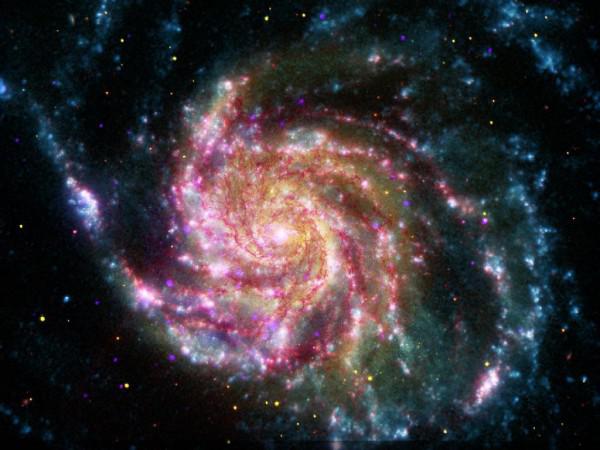
That's all. See you in the summer!
Therefore, we try to talk about other, not less interesting events, and extracted images. Let's start with the latter, but a very significant event. NASA sent to the ISS is the first private cargo ship «Dragon». Its launch postponed several times, but the May 22 launch vehicle Falcon 9 still sent the brainchild of the company Space X to the ISS.


Three days later, «Dragon» docked with the International Space Station with the help of a robotic "hands".



"Loader" Andre Kuipers unloads the truck arrived :)

Photos "van" from the inside.

In the middle of the month to the ISS crew has been updated. The new Russian-American trio plans to stay in orbit about 126 days.

"Soyuz TMA-04M" successfully took off, thanks to the carrier rocket "Soyuz-FG" on May 15 at 7:01 am Moscow time.




Docking with the ISS two days later took one hour and 37 minutes at a distance of 399 kilometers from the Earth's surface.

By the way, to facilitate the docking, the ISS had to increase the height of the orbit of 5, 2 kilometers. For this power plant involved the European space transport vehicle ATV-3.

Now for the most interesting shots, which were obtained in space. In the photo the sixth moon of Saturn - Enceladus. Scientists consider it the most inhabited place in the solar system, after Earth.

Photos from the space telescope "Herschel", showing the galaxy Arp 220 with an active core of a supermassive black hole.

Another gift from the "Herschel" - flying in the sky Fire Swan. Photos of Cygnus. One of the most interesting regions of star Cygnus X. Photo combined with infrared data, which are made visible.

Collages of an impressive number of shots with a 30-second delay, Don Petit made to the ISS from Earth at a distance of 249 kilometers.


The photo is visible shock wave that breaks the cocoon of gas supernova SN 2010jl, at a distance of 160 million light years from Earth. Photographed cosmic X-ray Observatory "Chandra."

Photos of the Endeavour crater on Mars, NASA's Mars rover made in March this year.

The spacecraft "Cassini" captures the beginning of winter on Saturn. Speck - a satellite of the planet on behalf of Tethys.

Spiral galaxy M101 Pinwheel aka in the constellation Ursa Major. Outwardly, it looks like the Milky Way, only many times more. The light that you see in the picture, was 21 million years ago (the distance from the Earth).

That's all. See you in the summer!
Tags
See also
Space June (review of events of the month)
Space November (review of events of the month)
Space July (review of events of the month)
Space September (review of events of the month)
Space January 2013 (summary of events of the month)
Space Year in Photos
Space in February 2013 (summary of events of the month)
Space October 2012 (summary of events of the month)
Tomorrow, Mars and Moon line up in one line with the Sun
Space January 2014 (summary of events of the month)

















